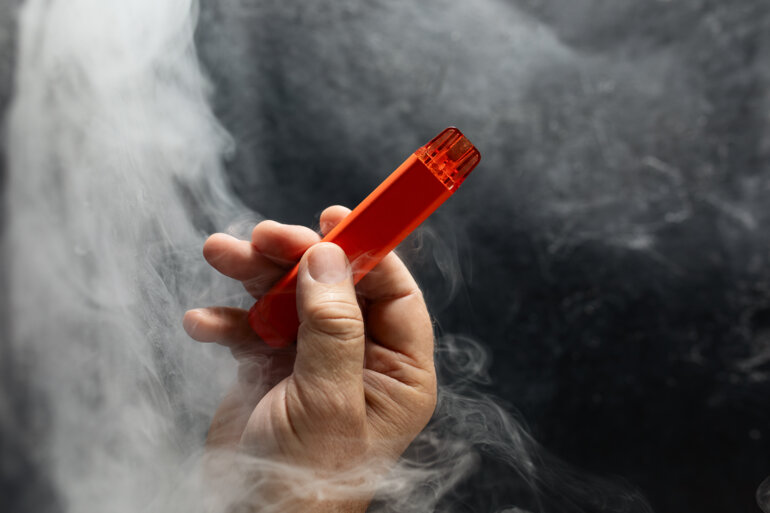
Real-world data has become integral to sarcoma research
Researchers’ confidence is growing, but the quality of the data generated may still represent a challenge

Researchers’ confidence is growing, but the quality of the data generated may still represent a challenge

High-quality studies employing molecular pathological epidemiology frameworks could help pinpoint aetiologic mechanisms and help tackle a potential future epidemic among the youngest

With the growing use of real-world evidence (RWE) to support regulatory approvals of new anti-cancer medicines in Europe and the USA, can this type of research ensure greater inclusion of women, the elderly, diverse ethnic groups, those with rare cancers and other under-represented populations in oncology studies?

According to Prof. Urania Dafni, high quality real-world evidence can provide broader information and more generalisable conclusions to verify the clinical applicability of evidence from RCTs

During the COVID-19 pandemic, real-world data have shown they can support clinical decision-making in complex situations but extensive bureaucracy is still a limiting factor

However, researchers’ concerns about missing opportunities to publish their real-world evidence-based papers in high-ranked scientific journals are justified to some extent due to lack of ‘best practices’ from publishers and suitable peer reviewers for these study designs

Sex- and gender-sensitive medicine postulates that differences in biological sex, gender identity, role and relations all impact health and disease, and may have implications for prevention, screening, diagnosis and treatment. Its goal is to learn from these differences to improve care and treatment for men and women.

Electronic nicotine delivery systems (ENDS) are battery-powered products that create an aerosol by heating a liquid consisting of propylene glycol and vegetable glycerin and flavouring agents. The liquid may or may not (but usually does) contain nicotine, at variable doses. Differently from conventional cigarettes, there is no combustion of tobacco in ENDS, thus making people think they cause less harm. However, the varying voltage that is applied to the liquid creates a mixture of potentially toxic substances in the aerosols that are then inhaled by users.
This site uses cookies. Some of these cookies are essential, while others help us improve your experience by providing insights into how the site is being used.
For more detailed information on the cookies we use, please check our Privacy Policy.
Necessary cookies enable core functionality. The website cannot function properly without these cookies, and you can only disable them by changing your browser preferences.